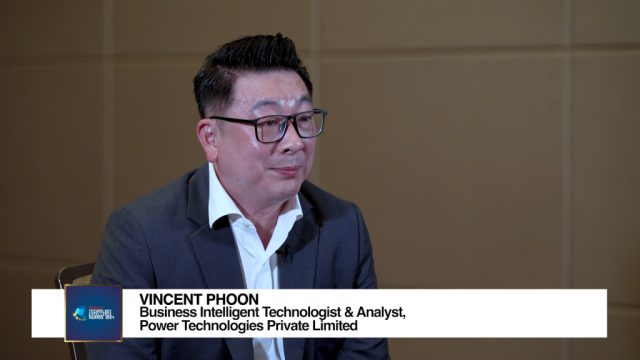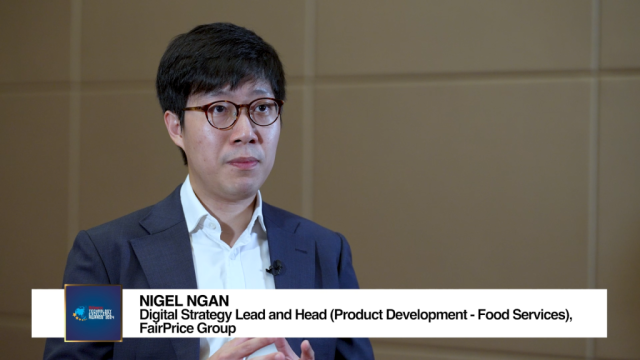
Bring your own device or bring your own disaster?
Singapore second biggest user of BYOD scheme.
Speaking at the NetEvents Thailand, Ajay Sunder, senior director at Frost & Sullivan said that the Bring Your Own Device (BYOD) scheme is now a trend in Asia Pacific with more employees becoming mobile.
Citing a study from a new Global Mobile Workforce Report from iPass, Sunder notes that more than 85 percent of Asian respondents already engage in the practice of BYOD, higher than the global figure of 74 percent. The top countries globally were South Korea at 93 percent, Singapore at 90 percent and China and Taiwan at 88 percent.
In APAC, more than 55 percent of them view using their device at work as a 'right', rather than a privilege.
But BYOD is posing biggest challenges to enterprises, warns Sunder.
From an enterprise perspective, Sunder said that the biggest challenge stems from the fact that enterprises used to had control of computing devices but now these devices are very open where an employee could be using a Samsung Android phone or an Apple iPhone and enterprises are not aware that people are using their network to access these applications.
“So it’s providing these – access to these devices, providing applications which can be used by these devices and supporting them in a manner which is of minimal invasion to any of the other users in the network so that’s what BYOD as a challenge poses for enterprises.”
Employees choose BYOD for simple reasons as availability and generally speaking people are getting more and more tech savvy, said Sunder. But with BYOD getting more popular, there are several questions pertaining to important security risks implications which moving forward enterprises are realising that they will have.
Sunder notes that it’s pretty much a reality now and they will have to address in the near future.
Most commonly asked questions, he said, are as follows
• How does the enterprise have control over these devices?
• How do enterprises manage, track and secure different applications which are accessing enterprise apps over the different networks?
• What about data? How do they manage my data? Now more and more enterprise data being accessed from different devices what kind of access control do I need to have a different level of data?
• Who owns the device? Traditionally it was very simple the laptop belonged to the company, but now if I’m accessing through my iPad I’ve paid for my iPad. So why does the enterprise need to put a Websense or some kind of filtering software on my device if the device belongs to me?
• What are some of the major security risks we see for BYOD? So some of the key things are maybe lost and stolen mobile devices how do you ensure that no enterprise data is left or can be accessed by any phone which is maybe lost or stolen? So how do I remotely over the air describe enterprise level information which is there on the current mobile phone held by enterprise user?
• Similarly unsecured network, if I am accessing through an unsecured Wi-Fi network is there a case for a malicious virus or some kind of breach from a network perspective which I should be aware of?
• If I am accessing something from my tablet if somebody steals my iPad who is responsible for that, especially from the same context from a control perspective. If the user owned the device how do I ensure the data and the integrity of that data which is accessed by the enterprise user over his personal device now?
• What are enterprises doing or what do enterprises need to do to enable this BYOD regime?
• Out of control, how do I control or what kind of control do I have especially for the enterprise apps do I maintain a different level of control, and for personal apps do I keep a level of control somewhat different?
• How do I balance the risks and benefits of users bringing in their own devices? And the key thing is managing, how do I manage these devices in the network?
• How do I constantly monitor, track and make sure that I know, at least I am aware of what are the different devices which are there on my network?
Moving forward, the trend is expected to continue amid flourishing IT consumerization. According to data from Aberdeen 75 percent of companies worldwide currently allow employee-owned smartphones and/or tablets to be used at work.
Cisco Research meanwhile found that of the estimated 14 million telecommuters, 69% of them report that they use whatever device, software, or site they want, regardless of corporate policies.
























 Advertise
Advertise









